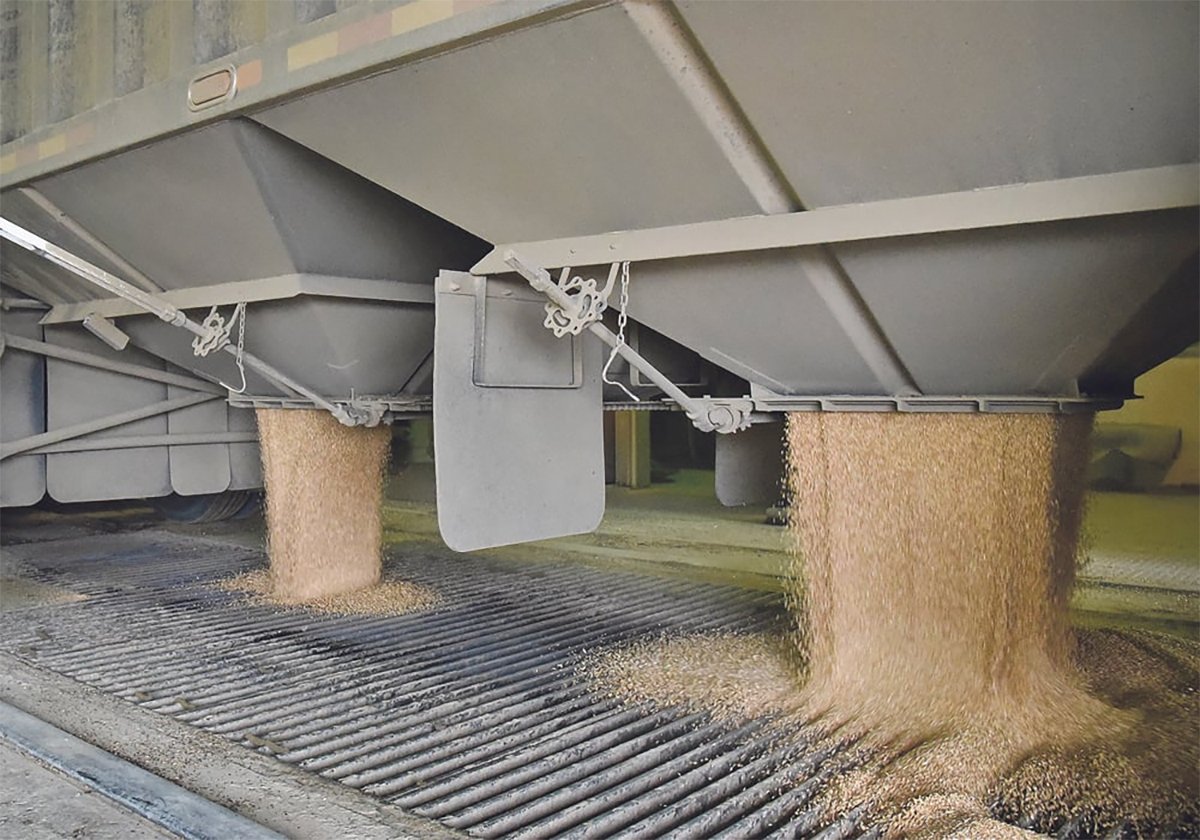Well, I hope you all had a Merry Christmas and have had time to digest all that stupefying turkey and diabetes-inducing baking. I have gained in girth and decreased in Merriness.
So, I’m ploughing through a pile of end-of-year outlook sessions I’ve collected and recorded since the middle of December, and thought I’d share simple summaries of a couple with you. I thought I’d do them one at a time, so here’s one I’ve been saving since Dec. 14. (My comments I am putting into parentheses, like these.)
Read Also

Worrisome drop in grain prices
Prices had been softening for most of the previous month, but heading into the Labour Day long weekend, the price drops were startling.
BANK OF MONTREAL OUTLOOK SESSION
(BMO did an outlook session about the outlook for the economy, for commodities, and for the equity markets. And agricultural commodities did not get mentioned. Not once. Nothing. Wow, that highlights just how little we factor into the mainstream of market analysis. We just don’t register on the scale of importance . . . )
Bart Melek – Commodity Market Analyst:
“It’s been a fabulous year from commodities . . . We have seen the global commodity market recover extremely, extremely sharply . . . It was, in fact, the sharpest recovery ever.”
(Melek talked about how commodities in general could stage such a massive rally so soon after the beginning of dark economic times that have not yet ended.)
“Essentially what we think is happening is that there is a fundamental structural change within the commodities space. There isn’t really the oversupply that we have seen in previous cycles . . The moment demand recovered – and demand recovered sharply – what we have observed is a massive type move.”
Best looking commodities for 2011: Copper, precious metals like palladium, gold, metallurgical coal, iron ore, thermal coal, oil. Worst looking commodities: Nickel, aluminum.
(As I said, no mention of the ags. Don’t know where they fit into his outlook.)
Doug Porter – Deputy Chief Economist, BMO:
U.S. is likely to have stronger growth in 2011 than Canada, as Canadian governments retrench after stimulusing and because there isn’t as much pent-up demand as in the U.S.
B.C., Alberta and Saskatchewan to have the best growth, and Ontario lagging.
Loonie: “We think the stars are aligned for the Canadian dollar to take a more lasting trip through parity in 2011.”
(Not too good for U.S./World priced ag commodities for farmers living in Canadian dollars, methinks, if he’s right.)
Paul Taylor – Chief Investment Officer, BMO Harris Private Banking:
(On the tentative signs of the U.S. substantially recovering and beginning to work down its massive unemployment situation:)
“We could potentially grow our way out of this.”
(Taylor seemed the most cautious of the three analysts in the conference, offering a lukewarm general outlook for the equity markets in 2011:)
“There are probably more positives out there than negatives.”
The four biggest factors that could move the equity markets in 2011 are:
1) The development of the European sovereign debt crisis. Everyone’s watching to see what happens with Spain. This one is more likely to have negative than positive implications.
2) Effectiveness of stimulus in North America. “Can an organic, sustainable recovery be ignited?”
3) Growth in the emerging markets. How big? Will China crimp its growth?
4) Equity market sentiment: It’s suppressed now, but the longer the economy does not go down and the stock markets stay OK, the more likely investors are to finally come back to equities and reinvest after a few years of keeping cash under the mattress.
(So there you have it: a generally positive outlook for the world’s economies, a bullish projection for commodities, and no mention of the ags. What do we do with that? It tells me, if they’re right, that there will be good, underlying demand for crops, so their demand outlook is bullish for those of us who live in agland. The weather in the southern hemisphere right now and in the north this summer will give us the supply side of the S and D equation. But generally a positive outlook, aggiewise.)















